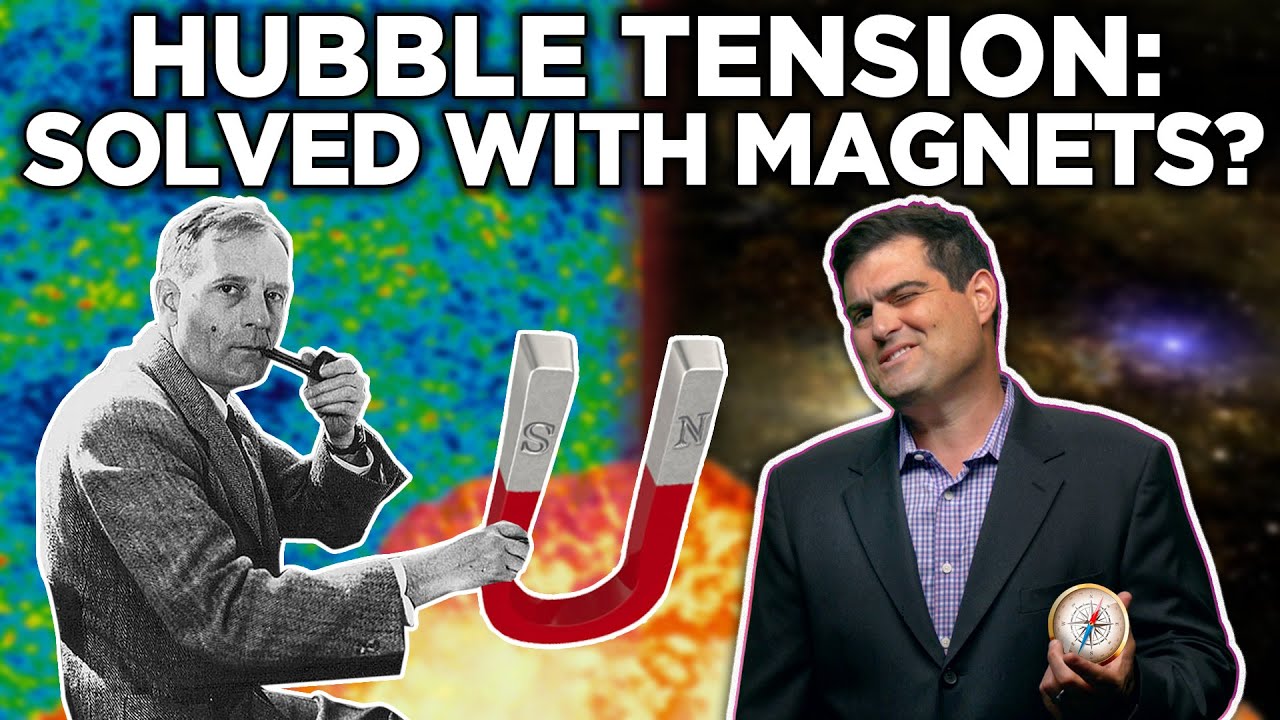Measurements of the rate of expansion of the universe (the “Hubble constant”) based on the very early universe (from the cosmic microwave background radiation) and closer to the present day (from supenovæ in distant galaxies) disagree with one another by much greater than the error bars estimated for either measure, creating what is called the “Hubble tension”—an indication that something may be wrong about our models of the early universe.
Primordial magnetic fields, perhaps created during the electroweak phase transition in the very early universe, might explain the discrepancy between the two measurements and the existence of large magnetic filaments in the present-day universe. For more details, see the Quanta Magazine article, “The Hidden Magnetic Universe Begins to Come Into View”.
